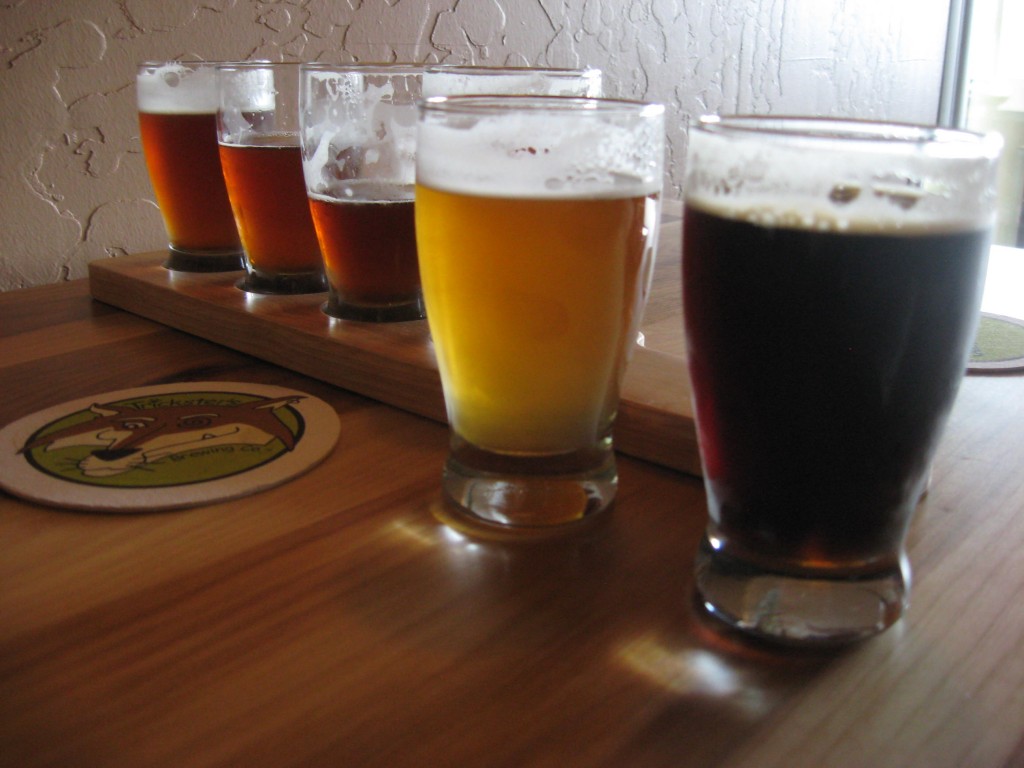
You can almost see SpongeBob holding his nose as the now leaky ship Anchor sinks into Bikini Bottom’s graveyard.
Ken Carman is a BJCP judge; homebrewer since 1979, club member at Salt City Homebrewers in Syracuse, NY. Former member of Escambia Bay Brewers, Clarksville Carboys and Music City Homebrewers. Ken has been writing on beer-related topics, and interviewing professional brewers all over the east coast, for well over 20 years. Opinions here are not necessarily representative of opinions or education presented by the BJCP or their representatives.

I have had a passion for their Foghorn barleywine for a long time, which has nothing to do with “Leghorn” if I am going to continue with these cartoon metaphors. Foghorn, to me (original recipe), was a TRUE Barleywine. Not the more recent poor attempts by other breweries to turn the barleywine style into just another version of a super hopped, ultra bitter, IPA.
Sometime after Fritz sold the business, I bought a pack of Foghorn. Horrors! I LOATHE that green rubber hose/Band-Aid phenol and this pack had nothing else but that defect in every bottle. It’s almost like watching a Road Runner cartoon and from the start the coyote dies, end of story. Nothing funny about ruining a product because management doesn’t want to do what they should do keep the business afloat. Why it’s almost as if the Japanese concern could have cared less about Anchor and their customers. Continue reading “Brew Biz: Werts and All, Anchors Away to Bikini Bottom’s Graveyard”




 I am not going to tell you the name, or where we were city/village-wise. Please don’t tempt me by guessing: I have no desire to destroy anyone’s business. It’s just a damn shame such places give craft a bad name.
I am not going to tell you the name, or where we were city/village-wise. Please don’t tempt me by guessing: I have no desire to destroy anyone’s business. It’s just a damn shame such places give craft a bad name.


 What does the assignment of Aileen Cannon to the Trump case, after this Trump appointee’s previous Trump case remind me of?
What does the assignment of Aileen Cannon to the Trump case, after this Trump appointee’s previous Trump case remind me of?





You must be logged in to post a comment.